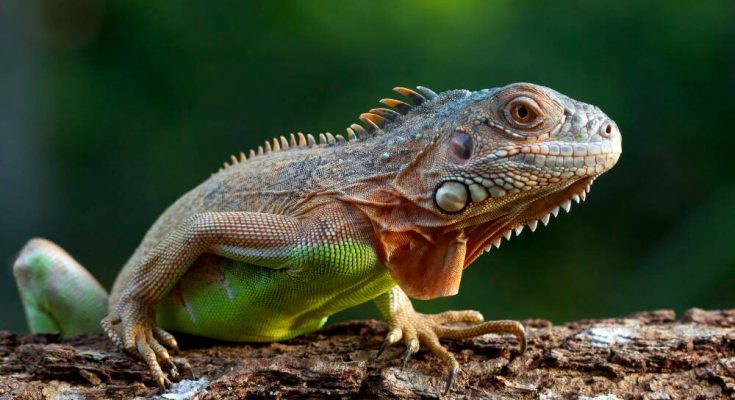Reptiles make wonderful pets, but they require some specialized care to thrive. That includes creating the perfect habitat for your reptile pet. This requires careful consideration of your pet’s needs as well as careful research on which habitat components are best suited for your pet’s species. In this blog post, we will discuss the essential elements of a reptile habitat and how to create one that meets your reptile’s needs.
Humidity and Temperature Control
Reptiles require a specific humidity range and temperature in order to survive, so it is important that you create an environment that meets these requirements. For example, desert-dwelling reptiles such as geckos and lizards need low humidity levels while tropical reptiles such as turtles need higher humidity levels. You should also keep in mind that different areas of the habitat may need different temperatures—the basking area should be slightly warmer than the rest of the enclosure. To achieve this, you can use special lights or heaters to adjust the temperatures in certain areas. Additionally, you can use a thermometer and hygrometer (to measure humidity) inside the habitat to ensure that it stays within an acceptable range.
Lighting and Substrate
Reptiles also require adequate lighting for their health and well-being—this is especially true for those species that are active during the day (diurnal). For diurnal reptiles, you will need to provide a full-spectrum UVB light source from a distance of no more than 12” away from them at all times during daylight hours. Additionally, you will also need to provide hiding spots throughout the enclosure so that your pet can feel secure and safe when it needs some privacy or rest time. As far as substrate goes, it is best to choose one specifically made for reptiles; this will help maintain proper humidity levels while providing safety and comfort for your pet.
Habitat Accessories and Decorations
Finally, all habitats should include items such as hides, caves, branches/logs/rocks/plants/other decorations suitable for your species of reptile (make sure they are non-toxic!), as well as water dishes large enough for soaking if your species requires it (as most aquatic turtles do). Having these items in place will provide enrichment opportunities and give your pet something to explore and interact with—it may even encourage natural behaviours like digging or climbing! Be sure not to overcrowd their habitat; too many items can make them feel stressed out or overwhelmed.
Conclusion
Creating an ideal habitat for your reptile isn’t always easy but with some research into their needs, you can create a space where they can thrive! By controlling both temperature and humidity levels within their enclosure while providing appropriate light sources and decor items suitable for their species, you’ll be able to give them a home where they feel safe and secure while encouraging natural behaviours such as digging or climbing! The key is to remember not to overcrowd their environment so that they still have enough room to move around comfortably! With proper planning and attention paid to detail, you’ll be able to create an amazing home for your beloved reptilian friend!
This article is posted on Local Topic.




